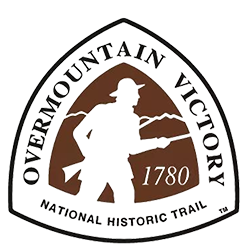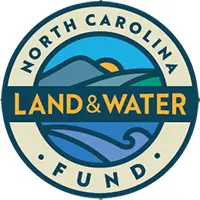BLUE RIDGE PARKWAY: GATEWAY FOR CONSERVATION
Our Blue Ridge Parkway conservation effort is a model for achieving community resilience.
A story that started in the mountains…
Conservation Trust for North Carolina was established in 1991 to advance the pace of land conservation in the state. The Blue Ridge Parkway launched our conservation journey and today is the backbone of our work to achieve a resilient future statewide.
Through the generosity of our supporters, the land protection team has stitched together a quilt of conserved land, one property at a time. We’ve protected more than 35,000 acres along the Parkway in partnership with local land trusts, private landowners, and public agencies.
Explore how CTNC is protecting the Parkway forever.










